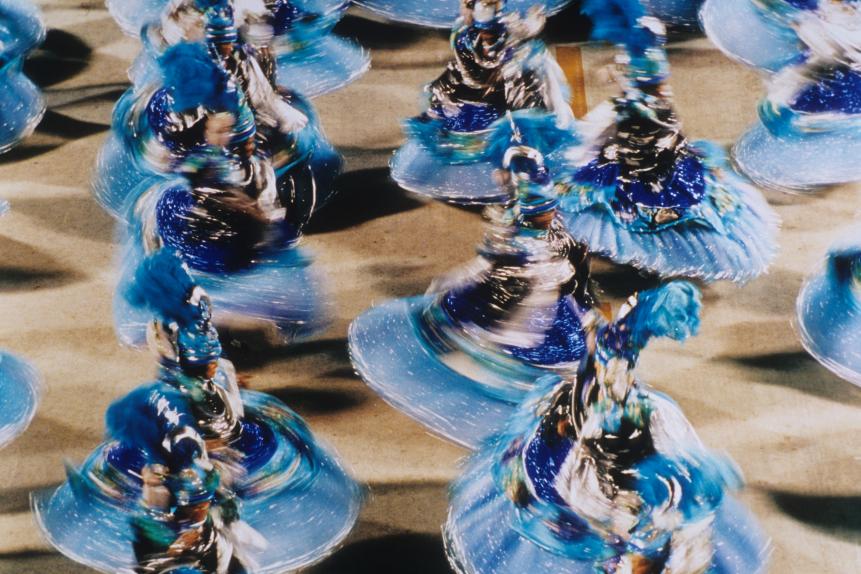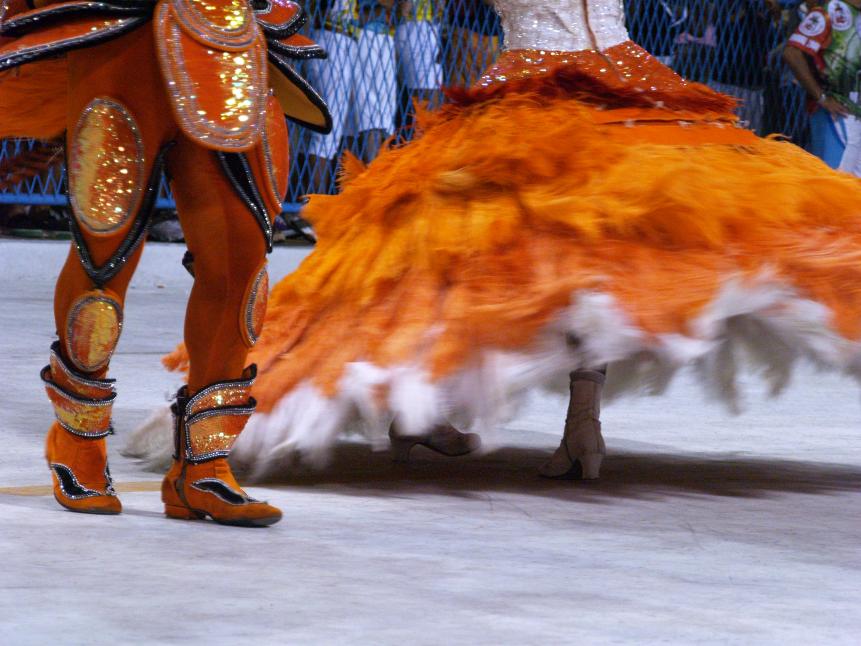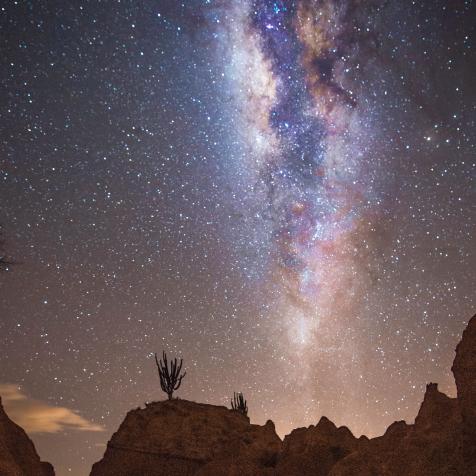
John Foxx
Everything You Need to Know About Rio de Janeiro Carnival
Rio de Janeiro is a really big deal. Brazil’s most famous festival - or ‘The Greatest Show on Earth’ as its organizers call it, attracts millions of people from all over the world to dance, enjoy music and party for days.
The carnival starts just before Ash Wednesday, which signifies the beginning of the Catholic tradition of Lent, and runs for five days. At the heart of the festival is the samba, the Brazilian dance which defines the country. Around two million people every day take to the streets for the carnival, which first occurred in 1723. The carnival was originally a Greek festival in springtime, to honor the god of wine, Dionysus. The Romans then adopted the Greek festival, but this time in honor of Bacchus, their god of wine.
The Roman Catholic Church modified the feasts into their version of the festival, but what evolved was the mass celebration of music, dance, food, and drink that we know as the carnival today.

luoman
A Samba school performs in the parade.
The main event of the carnival is the Samba competition, in which Samba schools across the country compete to be crowned the best Samba school in the country. Each samba school has 80 minutes to dance down the strip at the Sambadrome. The carnival starts with the opening ceremony on Friday, where ‘King Momo’ is crowned by Rio’s mayor. His appearance signifies the beginning of the carnival, and he is the king of the entire carnival. Traditionally, a tall fat man is chosen as the king.
In the evening, a children’s parade takes place, while Sunday and Monday are reserved for the 12 best samba schools to strut their stuff.
The carnival is all about dressing up, and the costumes do not disappoint. All hand-made, and are designed to reflect the theme of the specific school, everything from politics to culture to sport, such as the mystery of life, or celebrating 100 years of Japanese immigration to Brazil. The Samba schools are divided into several ‘wings’ with each wearing a costume specific to the wing’s role in the school. Nudity is not allowed, despite the carnival’s risque reputation, but there are plenty of well-placed jewels and tassels to safeguard decency.

Sergio Fonseca - RJ - Brazil
Intricate details on handmade costumes.
Although the carnival was traditionally a free event, in 1984 the government built the Sambadrome to house some of the more famous events of the festival, which are now ticketed.
Street festivals, however, are commonplace and can be found all over the city. They’re not fancy and extravagant like those in the Sambadrome, but they are where the locals head to.
The other main component of the carnival is, of course, the music. Bandas, the bands, can number more than 300 at any one time during the festival.
The official dates of the carnival vary from year to year, just like Easter. And, if you ever experience the carnival with its showstopping performances, the pulsating music, and the intensely passionate energy, you’ll understand the common Brazilian saying that “the year starts only after carnival”.


















